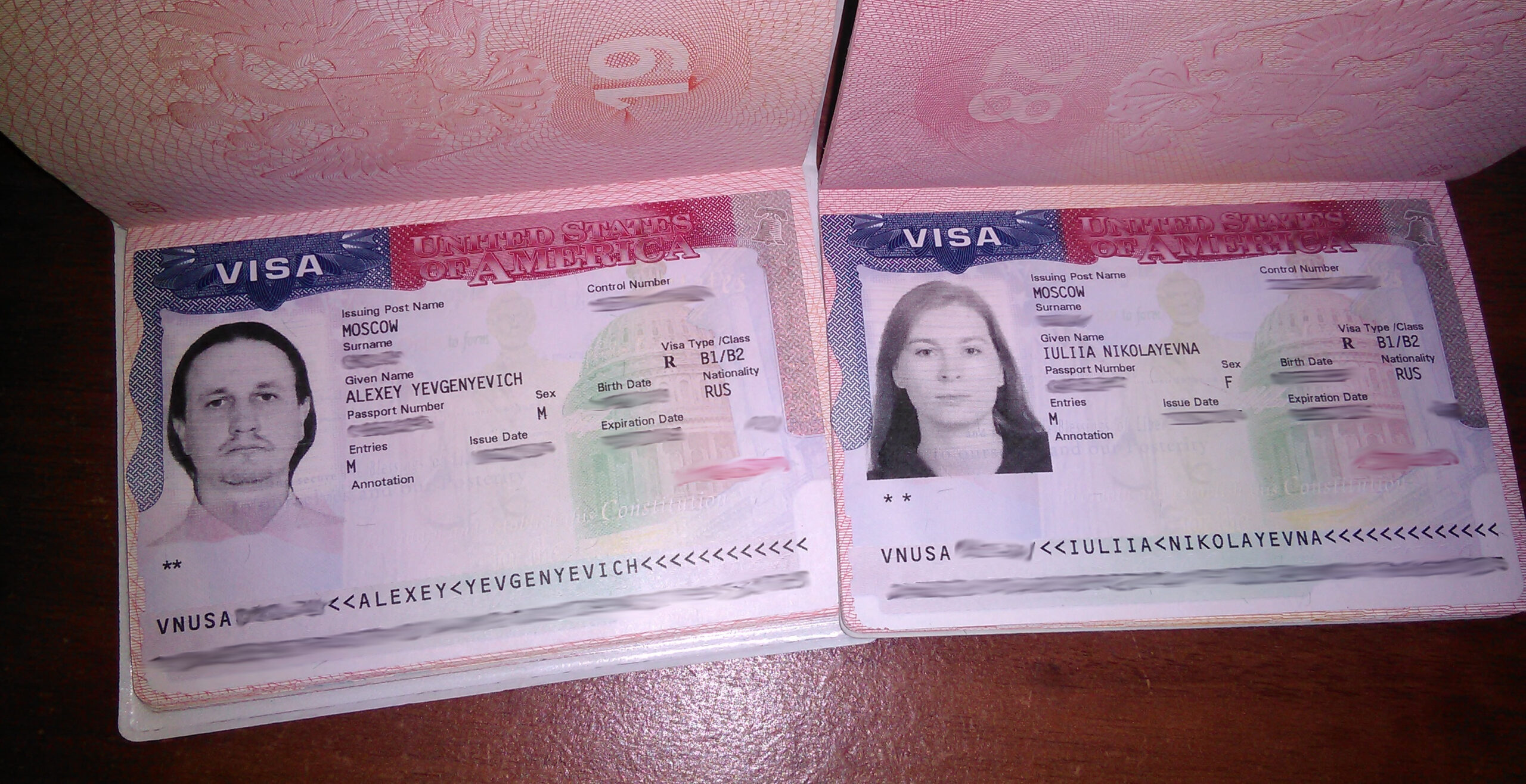
The United States remains one of the most attractive destinations for people from around the world seeking enhanced professional development, a top-notch education, and international exposure. However, the biggest obstacle for most foreign job seekers is securing a visa sponsorship opportunity. Employers in the U.S. can open doors to talented professionals, but the application process can be confusing without proper guidance.
This comprehensive guide will walk you step-by-step through the process of successfully applying for visa sponsorship opportunities in the U.S. Whether you are a student, professional, or skilled worker, this article will provide you with practical strategies, expert advice, and resources to make your application stand out in 2025 and beyond.
What is U.S. Visa Sponsorship?
Visa sponsorship is when a U.S.-based employer or organization assumes the responsibility of bringing a foreign worker to the United States by applying for their visa. The sponsor confirms to U.S. immigration authorities that the applicant possesses the required skills, qualifications, or position that a local worker cannot easily fill.
In a nutshell:
- You receive a job offer from a U.S. employer.
- The employer applies to U.S. Citizenship and Immigration Services (USCIS) for visa sponsorship.
- You receive legal authorization to work and live in the U.S. with that visa.
Popular U.S. Visa Sponsorship Categories
Before applying, you should understand the most common visa types offered by employers:
1. H-1B Visa Sponsorship (Specialty Occupations)
- For highly skilled professionals in technology, engineering, medicine, and research.
- Requires at least a bachelor’s degree (or equivalent).
- Highly competitive due to annual limits.
2. L-1 Visa (Intracompany Transferees)
- For employees of multinational companies transferred from a foreign branch to a U.S. office.
3. O-1 Visa (Individuals of Extraordinary Ability)
- For professionals with outstanding achievements in the arts, sciences, business, or sports.
4. H-2B Visa (Seasonal Non-Agricultural Workers)
- For seasonal jobs in the hospitality, construction, and service sectors.
5. Green Card Sponsorship (Permanent Residency)
- Some employers are willing to directly sponsor skilled workers for permanent residency.
Step-by-Step Guide: How to Apply Successfully
Step 1: Identify Your Eligibility
- Review your educational background, skills, and experience.
- Compare them to visa categories (H-1B for technology, H-2B for seasonal work, etc.).
- Check the USCIS requirements for your visa type.
Step 2: Find Employers That Offer Sponsorships
- Find companies that know how to sponsor visas (Google, Amazon, Microsoft, Deloitte, PwC, etc.).
- Use job boards like MyVisaJobs, LinkedIn, and Indeed (filter with “Visa Sponsorship Available”).
Step 3: Prepare a resume and cover letter using standard US format.
- Adapt your resume to the US format (short, clear, and skills-focused).
- Highlight unique skills that are not easily found in the US labor market.
- Mention your willingness to relocate.
Step 4: Apply Strategically
- Don’t send mass applications; customize each application.
- Connect with recruiters on LinkedIn.
- Participate in virtual job fairs geared toward international workers.
Step 5: Get a Job Offer
- Once selected, the employer will send you a formal job offer letter.
- Negotiate terms (salary, relocation, sponsorship details).
Step 6: Employer Submits an Application
- The employer files an application (e.g., Form I-129 for H-1B) with USCIS.
- This step is beyond your control, but requires the employer’s commitment.
Step 7: Attend the visa interview at the U.S. Embassy
- After USCIS approval, you will schedule an interview at the U.S. consulate in your home country.
- Bring your documentation: job offer, petition approval, qualifications, and letters of support.
Step 8: Travel and begin working in the U.S.
- Once your visa is approved, you can enter the U.S. and start your new job.
Tips for a successful visa sponsorship application
- Research companies thoroughly: Apply only to organizations with experience sponsoring foreign workers.
- Improve your skills: U.S. employers prefer applicants with certifications (AWS, Cisco, PMP, etc.).
- Build professional networks: Join LinkedIn groups, alumni networks, and industry associations.
- Stay on top of deadlines: H-1B applications, for example, have
Top Mistakes to Avoid
- Applying to employers who don’t sponsor visas: It’s a waste of time.
- Submitting a generic resume: US recruiters prefer customized applications.
- Falling for sponsorship scams: Always verify employers on official government or company websites.
- Ignoring visa limits and quotas: Some visas (such as the H-1B) are lottery-based due to high demand.
Resources for Finding Visa Sponsorship Opportunities in the US
- MyVisaJobs.com
Database of US companies that sponsor visas. - USCIS.gov
- Official US government immigration website.
- LinkedIn.com
- Professional networking and job applications.
- GlassBourseIn.com
- Company reviews and sponsorship information.
Future Outlook for Visa Sponsorship (2025 and Beyond)
- The technology boom will increase the demand for skilled IT workers on H-1B visas.
- The healthcare workforce shortage will drive increased sponsorship for doctors, nurses, and caregivers.
- The transition from remote to in-person work could create hybrid sponsorship pathways.
- Immigration reforms could open new visa categories for global talent.
Frequently Asked Questions (FAQs)
Q1: Can I apply for a job in the U.S. directly from abroad?
Yes, many employers accept international applications online.
Q2: Do all U.S. companies offer sponsorship?
No, only companies willing to manage the immigration process.
Q3: Can students obtain sponsorship after studying in the U.S.?
Yes, many students switch from F-1 to H-1B visas through employer sponsorship.
Q4: Is visa sponsorship guaranteed? No, it depends on employer approval, USCIS acceptance, and sometimes a lottery system.
Conclusion
Successfully applying for U.S. visa sponsorship opportunities requires preparation, persistence, and strategy. By understanding visa types, identifying companies that accept sponsorships, tailoring applications, and avoiding common mistakes, you can significantly improve your chances of obtaining a job offer and an employer-sponsored visa in the U.S.
If you are serious about working in the U.S., start today: hone your skills, research sponsoring employers, and apply strategically. The U.S. continues to offer many opportunities for ambitious international workers, but success comes to those who are prepared.






Leave a Reply